Chinese military expansion into Pacific ‘poses greatest threat to America and allies’
Concerns over true purpose of China’s $200m fishing complex near Australian waters.
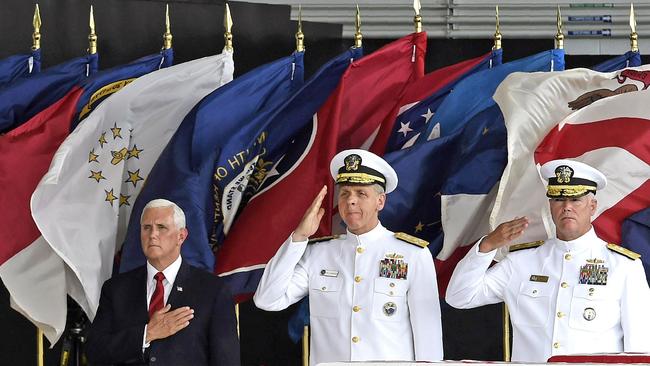
China represents the most “comprehensive, long-term” threat to the US and its allies of any world power, the US military has claimed.
The warning comes amid fears about the true purpose of a $200 million fishing complex Beijing is building close to Australia’s waters.
American maritime force chiefs said that China’s naval and ballistic power risked “undermining the existing world order”.
In a joint report, the chiefs of the Navy, Marine Corps and Coast Guard singled China out as the gravest threat. They argued that the increase in its naval power, warship-building and proliferation of long-range precision missiles meant that the US could no longer presume “unfettered access to the world’s oceans in times of conflict”.
The report also identified Russia as a serious though lesser threat.
“Optimism that China and Russia might become responsible leaders contributing to global security has given way to recognition that they are determined rivals,” it states. “The People’s Republic of China represents the most pressing long-term strategic threat.”
The warning comes at the end of a year of worsening US-China relations, accentuated by President Donald Trump’s anger at Beijing’s handling of the initial coronavirus outbreak. Joe Biden, the US president-elect, is under pressure to maintain the existing administration’s tough posture on China.
Among looming concerns is a deal between China and Papua New Guinea to build a fisheries complex in the Torres Strait about 65km from Australia’s northern islands.
The proposal has provoked fears that the plant will become a de facto naval base for Beijing.
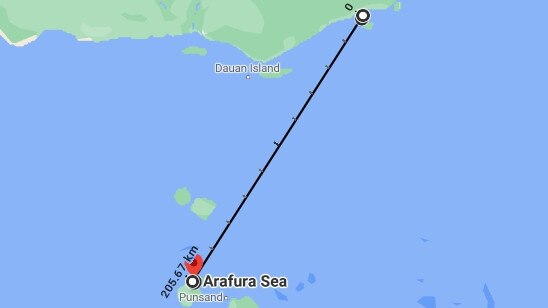
The Fujian Zhonghong Fishery Company has signed a deal backed by the Chinese government to build the $200m complex on the impoverished Daru island.
Jeffrey Wall, a former adviser to PNG’s foreign ministry, suggested that Beijing would use the deal as a pretext to build a wharf capable of mooring Chinese navy ships 200km from mainland Australia.
In an article for the Australian Strategic Policy Institute, a Canberra thinktank close to defence leaders, Mr Wall wrote that the seas around Daru were not known to have commercial fishing resources. But he pointed out that they were “strategically as close to Australia as you can get”.
“In my view, what they are going to do, first of all, is build a very large wharf,” he said. “When you build a very large wharf, what do you build? Somewhere where naval vessels can land.”
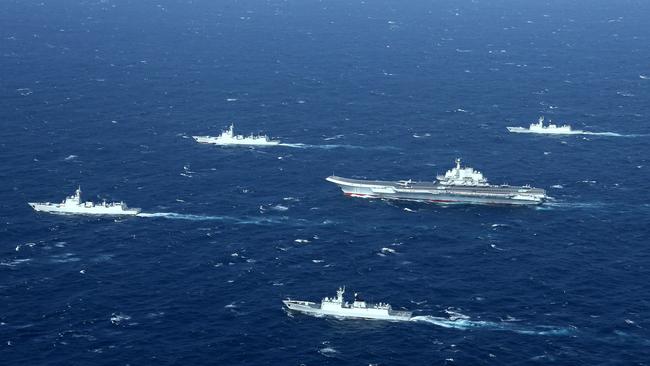
Liberal National Party federal MP for Leichhardt, Warren Entsch, has a similar suspicion about China’s motives. He said that regardless of the strategic threat, the arrival of Chinese trawlers would pose an ecological danger. “They’re going to rape and pillage this,” he said. “They’re going to vacuum-clean these reefs.”
Mr Entsch, from Far North Queensland, said that fishing around the Torres Strait island was well managed, serving as the primary source of food and income for 13 villages.
The deal for the proposed fishing complex comes as trade tension is increasing between Australia and China.
Relations between the two countries have hit an all-time low with tariffs imposed on Australian wine, coal, barley and lobster.
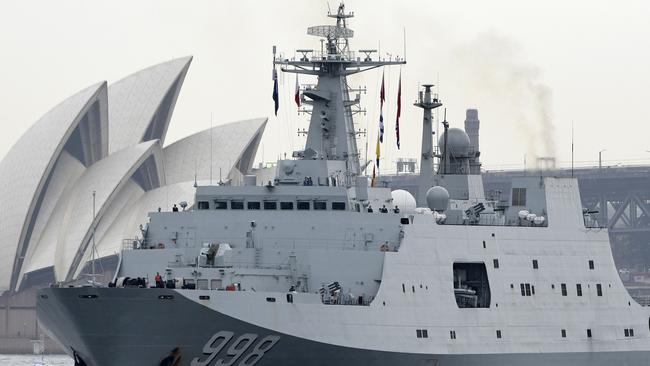
The US report was published days after Chinese naval officials failed to attend a planned virtual meeting with a top US Navy chief.
Admiral Phil Davidson, commander of US Indo-Pacific Command, had been hoping to discuss sea safety in the region with his Chinese counterparts. He accused China of failing to honour its agreements.
Former president Barack Obama was first to realise the threat when he began to switch resources to counter the challenge from China. Mr Trump has continued to pivot to the Indo-Pacific region, where now about 60 per cent of US navy combat ships are deployed.
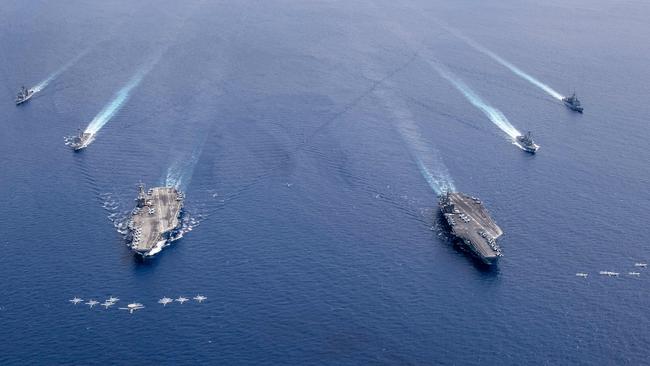
The report underlined the challenge in the Indo-Pacific, saying that China was developing “the world’s largest missile force, with nuclear capabilities, which is designed to strike US and allied forces in Guam and the Far East with everything from ballistic missiles to manoeuvrable cruise and hypersonic missiles”.
The report said that China’s naval battle force had tripled in size in two decades.
It was now larger than the American warship strength, with 350 ships and submarines as against the US Navy’s 293. In August China’s People’s Liberation Army Navy demonstrated for the first time an ability to hit a moving vessel with a long-range anti-ship ballistic missile.
The Times



To join the conversation, please log in. Don't have an account? Register
Join the conversation, you are commenting as Logout